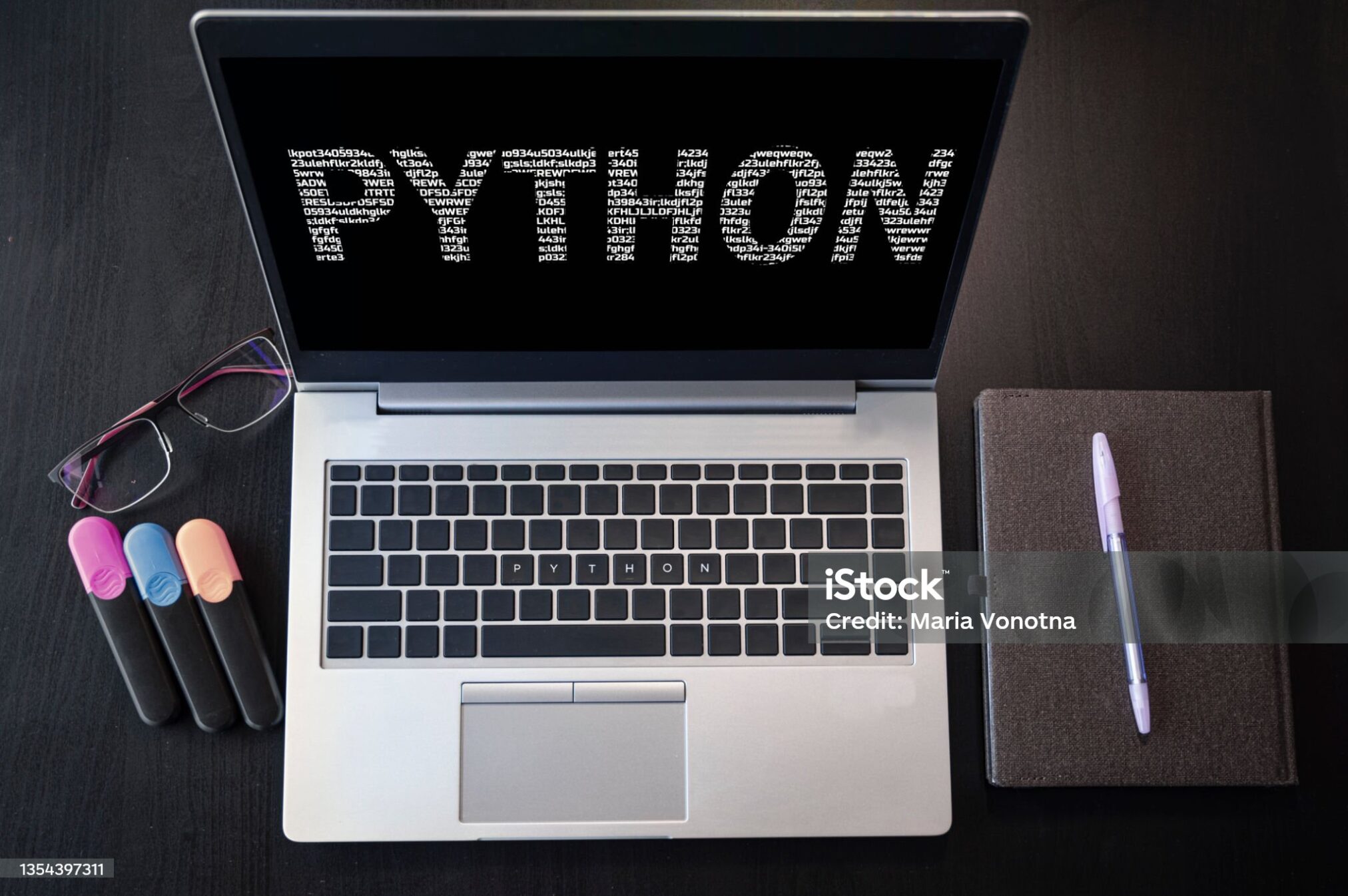Python is a versatile and beginner-friendly programming language that has gained immense popularity in recent years. Known for its simplicity and readability, Python is an excellent choice for those taking their first steps into the world of programming. In this comprehensive guide, we’ll walk you through the basics of Python programming, covering key concepts, syntax, and practical examples to help you get started on your coding journey. Our Python Programming for Beginners is all you need to get started.
Chapter 1: Getting Started with Python
1.1 What is Python?
Python is a high-level, interpreted programming language that emphasizes readability and ease of use. Guido van Rossum created Python in the late 1980s, and it has since evolved into a powerful and versatile language. Python supports multiple programming paradigms, making it suitable for various applications, from web development to data science.
1.2 Installing Python
Before you start coding in Python, you need to install the Python interpreter on your computer. Visit the official Python website (https://www.python.org/downloads/) and download the latest version for your operating system. The installation process is straightforward, and you can find detailed instructions on the website.
1.3 Your First Python Program
Let’s dive into writing your first Python program. Open a text editor (such as Notepad on Windows or TextEdit on macOS) and type the following code:
print("Hello, Python!")
Save the file with a .py extension, for example, hello.py. Open a terminal or command prompt, navigate to the directory where you saved the file, and run:
python hello.py
You should see the output: “Hello, Python!” This simple program demonstrates the basic structure of a Python script and the print function, which displays text on the screen.
Chapter 2: Python Syntax and Structure
2.1 Indentation
Unlike many programming languages that use braces or keywords to define blocks of code, Python relies on indentation to indicate the structure. Indentation is crucial for proper code execution. For example:
if 5 > 2:
print("Five is greater than two")
In this example, the indented line is executed only if the condition 5 > 2 is true.
2.2 Variables and Data Types
In Python, you can create variables to store and manipulate data. Variables are dynamically typed, meaning you don’t have to declare their type explicitly. Here are some common data types:
int: Integer (e.g.,5,-10)float: Floating-point number (e.g.,3.14,-0.5)str: String (e.g.,"Python",'Hello World')bool: Boolean (eitherTrueorFalse)
age = 25 height = 5.9 name = "John" is_student = True
2.3 Operators
Python supports various operators for performing operations on variables and values:
- Arithmetic operators:
+, -, *, /, % - Comparison operators:
==, !=, <, >, <=, >= - Logical operators:
and, or, not
x = 10 y = 5 sum_result = x + y greater_than = x > y logical_and = (x > 0) and (y < 10)
Chapter 3: Control Flow and Decision Making
3.1 Conditional Statements (if, elif, else)
Conditional statements allow you to make decisions in your code. The syntax for an if statement is:
if condition:
# code to execute if the condition is true
elif another_condition:
# code to execute if the first condition is false and this condition is true
else:
# code to execute if none of the conditions are true
age = 18
if age < 18:
print("You are a minor.")
elif age >= 18 and age < 65:
print("You are an adult.")
else:
print("You are a senior citizen.")
3.2 Loops (for, while)
Loops are used to repeat a block of code multiple times.
3.2.1 For Loop
The for loop is used to iterate over a sequence (such as a list, tuple, or string).
fruits = ["apple", "banana", "cherry"]
for fruit in fruits:
print(fruit)
3.2.2 While Loop
The while loop continues executing a block of code as long as a condition is true.
count = 0
while count < 5:
print(f"Count is {count}")
count += 1
Chapter 4: Functions
Functions are reusable blocks of code that perform a specific task. Defining and calling functions is an essential aspect of Python programming.
4.1 Defining a Function
def greet(name):
print(f"Hello, {name}!")
greet("Alice")
4.2 Return Statement
Functions can return a value using the return statement.
def add(x, y):
return x + y
result = add(3, 5)
print(result)
Chapter 5: Data Structures
5.1 Lists
A list is a versatile data structure that can store a collection of items.
fruits = ["apple", "banana", "cherry"]
print(fruits[1]) # Accessing elements
fruits.append("orange") # Adding an element
fruits.remove("banana") # Removing an element
5.2 Dictionaries
Dictionaries store key-value pairs.
person = {"name": "John", "age": 30, "is_student": False}
print(person["age"]) # Accessing a value
person["city"] = "New York" # Adding a key-value pair
5.3 Tuples
Tuples are similar to lists but are immutable.
coordinates = (3, 5) x, y = coordinates # Unpacking a tuple
Chapter 6: Exception Handling
Exception handling allows you to manage errors gracefully.
try:
result = 10 / 0
except ZeroDivisionError:
print("Cannot divide zero.")
else:
print(f"Result: {result}")
finally:
print("This block always executes.")
Chapter 7: Python Modules and Libraries
Python’s strength lies in its extensive standard library and third-party packages.
7.1 Importing Modules
import math result = math.sqrt(25) print(result)
7.2 Popular Libraries
- NumPy for numerical computing
- pandas for data manipulation and analysis
- matplotlib for data visualization
- Flask for web development
- TensorFlow for machine learning
Conclusion:
This guide has provided you with a solid foundation in Python programming. From understanding the basic syntax to exploring fundamental concepts like control flow, functions, and data structures, you’re now equipped to embark on your python programming journey. If you think this Python Programming for Beginners was helpful to you, please consider sharing the link on your social media handles. Thanks for reading

